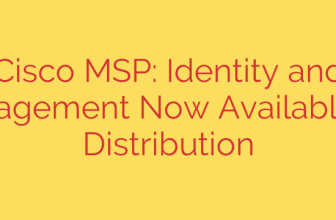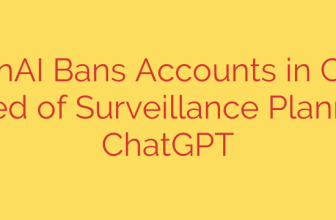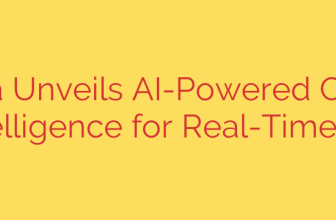
Google Announces AI Bug Bounty Program with Rewards Up to $30,000
As generative artificial intelligence transforms our digital landscape, it also introduces a new frontier of security challenges. Recognizing the need for a proactive defense, Google is expanding its highly successful Vulnerability Reward Program (VRP) to specifically target flaws within its AI-powered products. This new initiative invites security researchers and ethical hackers to identify and report vulnerabilities in Google’s AI systems, with rewards reaching as high as $30,000 for critical discoveries.
This move signals a significant industry shift, acknowledging that AI security requires a different approach than traditional software. The focus is no longer just on finding bugs in code but on uncovering vulnerabilities inherent in the design, training, and deployment of large language models (LLMs) and other AI tools.
A New Class of Vulnerabilities
Protecting AI systems goes beyond conventional cybersecurity. Google is encouraging researchers to explore unique attack vectors that could compromise the integrity, confidentiality, and safety of its AI products. The program specifically highlights several key areas of concern.
Key vulnerabilities in scope include:
- Prompt Injection: This is a critical area where attackers craft malicious inputs (prompts) to bypass an AI’s safety filters or manipulate its intended function. A successful attack could cause the model to generate harmful content, execute unintended commands, or reveal sensitive information.
- Model Manipulation and Adversarial Attacks: Researchers are encouraged to find ways to “trick” the AI. This could involve crafting inputs that cause the model to misclassify information, make fundamentally flawed judgments, or behave in unpredictable and unsafe ways.
- Training Data Extraction: One of the most significant risks in AI is the potential for models to inadvertently leak the private or proprietary data they were trained on. Google will reward researchers who can demonstrate methods to extract sensitive information from the model’s responses, exposing a critical privacy flaw.
- Unintended Information Disclosure: This category covers scenarios where the AI reveals confidential information that should remain protected, such as internal system details or aspects of its underlying architecture.
- Bypassing Safety and Security Controls: Finding ways to circumvent the guardrails designed to prevent the generation of hate speech, disinformation, or other harmful content is a top priority.
The Reward Structure: Incentivizing Critical Discoveries
To attract top talent, Google has established a tiered reward system based on the severity and impact of the discovered flaw. While smaller bugs may earn a few hundred dollars, the most significant and impactful vulnerabilities will command substantial payouts.
The financial incentives are designed to reflect the potential damage of a given flaw, with the highest rewards reserved for exploits that could lead to widespread data leakage or severe manipulation of AI systems. The top reward currently sits at over $30,000, placing AI security on par with rewards for finding critical bugs in flagship products like Chrome and Android.
Actionable Security Tips for Researchers and Organizations
This initiative highlights the growing importance of AI security for everyone. For security professionals looking to participate or organizations developing their own AI, here are some key takeaways:
- Think Beyond Traditional Code: When testing AI, focus on the inputs and outputs. How can you manipulate the prompt to get an unintended result? What are the model’s logical blind spots?
- Probe for Data Privacy: Actively test models for any signs of “memorization,” where they repeat verbatim snippets of their training data. This is a critical vulnerability that must be addressed.
- Stress-Test Safety Filters: Don’t assume safety guardrails are foolproof. Employ creative and adversarial techniques to test their limits and identify scenarios where they might fail.
- Stay Informed on New Attack Vectors: The field of AI security is evolving rapidly. Follow research from academic institutions and security conferences to stay ahead of emerging threats like model inversion and membership inference attacks.
By opening its doors to the global security community, Google is taking a crucial step toward building more robust and trustworthy AI. This collaborative approach is essential for identifying and mitigating risks before they can be exploited, ultimately fostering a safer AI ecosystem for all users.
Source: https://www.bleepingcomputer.com/news/google/googles-new-ai-bug-bounty-program-pays-up-to-30-000-for-flaws/








